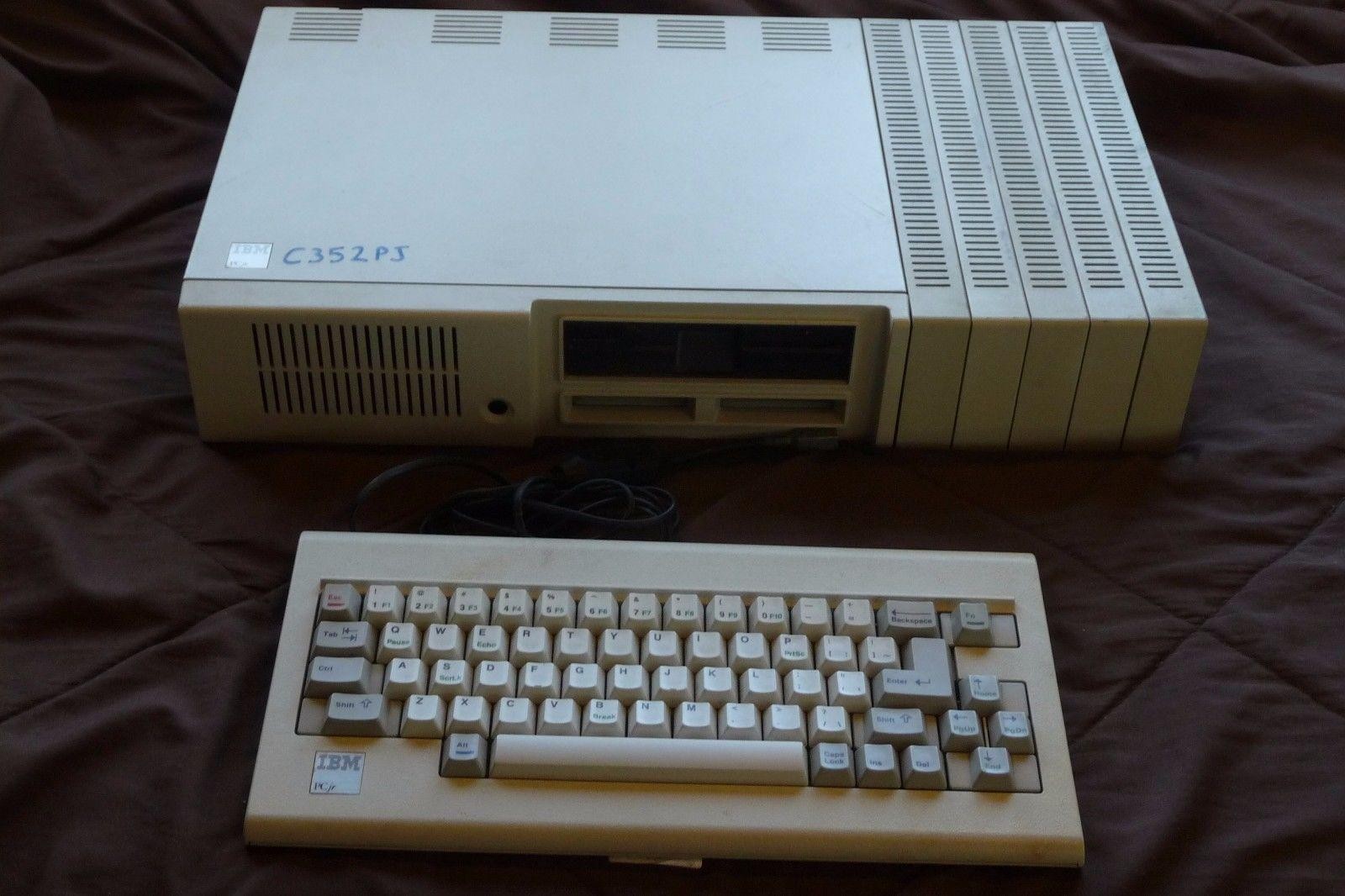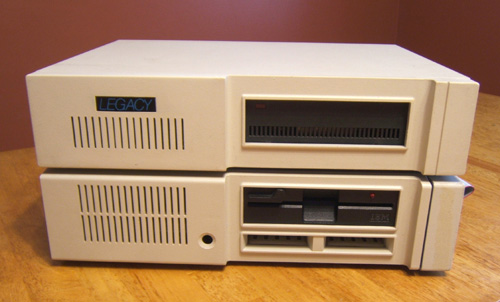I wanted to add to this thread with a YouTube video made by Jon Rettinger.
The first few seconds of this video .... hmmmm.
Looks like a vertically oriented IBM PCjr expansion bus.

While the jr had a horizontal / stackable bus. This design leverages the same concept in a vertical chassis.
If this is the Apple's approach... I expect over priced, under powered, over visually designed add-on components.

Last edited:


